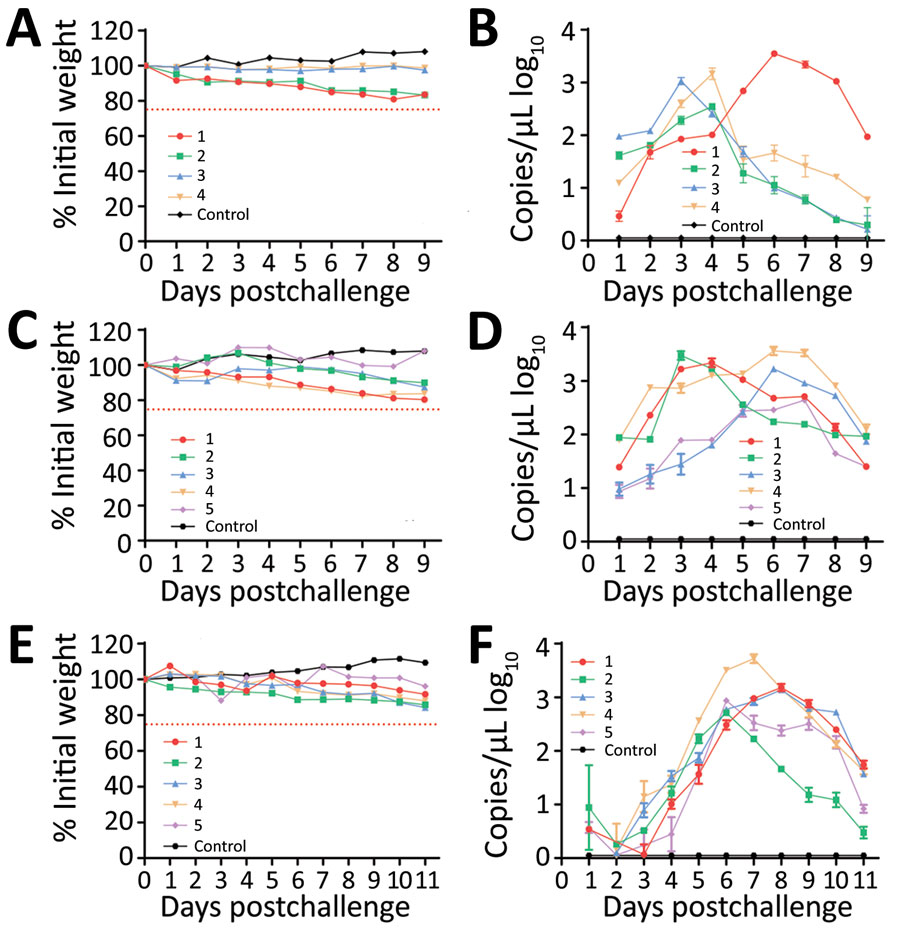Hedgehogs as Amplifying Hosts of Severe Fever with Thrombocytopenia Syndrome Virus, China
Chaoyue Zhao, Xing Zhang, Xiaoxi Si, Ling Ye, Kevin Lawrence, Yajun Lu, Chunhong Du, Haidong Xu, Qian Yang, Qianfeng Xia, Guoxiang Yu, Wei Xu, Fei Yuan, Junfeng Hao

, Jia-Fu Jiang, and Aihua Zheng

Author affiliations: State Key Laboratory of Integrated Management of Pest Insects and Rodents, Institute of Zoology, Chinese Academy of Sciences, Beijing (C. Zhao, F. Yuan, A. Zheng); CAS Center for Excellence in Biotic Interactions, University of the Chinese Academy of Sciences, Beijing, China (C. Zhao, X. Zhang, A. Zheng); College of Life Sciences, Henan Normal University, Xinxiang, China (X. Si); Daishan Center for Disease Control and Prevention, Zhoushan, Zhejiang, China (L. Ye); Massey University School of Veterinary Science, Palmerston North, New Zealand (K. Lawrence); Key Laboratory of Tropical Translational Medicine of Ministry of Education, School of Tropical Medicine and Laboratory Medicine, Hainan Medical University, Haikou, China (Y. Lu, Q. Xia); Yunnan Institute of Endemic Diseases Control and Prevention, Yunnan, China (C. Du); Shaozhuang Primary School, Weifang, China (H. Xu); Department of Infectious Disease, Yidu Central Hospital of Weifang, Weifang, Shandong, China (Q. Yang); Changdao National Nature Reserve Management Center, Yantai, Shandong, China (G. Yu); Xinyang Center for Disease Control and Prevention, Xinyang, Henan, China (W. Xu); Core Facility for Protein Research, Institute of Biophysics Chinese Academy of Sciences, Beijing (J. Hao); State Key Laboratory of Pathogen and Biosecurity, Beijing Institute of Microbiology and Epidemiology, Beijing (J. Jiang)
Main Article
Figure 3

Figure 3. Severe fever with thrombocytopenia syndrome virus (SFTSV) viremia in experimentally infected Erinaceus amurensis and Atelerix albiventris hedgehogs in study of hedgehogs as amplifying hosts of SFTSV in China. A) Weight change in E. amurensis hedgehogs after intraperitoneal inoculation. B) Viremia in E. amurensis hedgehogs after intraperitoneal inoculation. C) Weight change in A. albiventris hedgehogs after intraperitoneal inoculation. D) Viremia in A. albiventris hedgehogs after intraperitoneal inoculation. E) Weight change in A. albiventris hedgehogs after subcutaneous inoculation. F) Viremia in A. albiventris hedgehogs after subcutaneous inoculation. Hedgehogs were challenged by intraperitoneal or subcutaneous inoculation with 4 × 106 FFU of SFTSV Wuhan strain and then monitored for weight change and viremia, tested by real-time PCR as RNA copies/μL of serum. Control was mock infected with phosphate buffered saline solution. Error bars indicate SDs.
Main Article
Page created: November 08, 2022
Page updated: March 13, 2023
Page reviewed: March 13, 2023
The conclusions, findings, and opinions expressed by authors contributing to this journal do not necessarily reflect the official position of the U.S. Department of Health and Human Services, the Public Health Service, the Centers for Disease Control and Prevention, or the authors' affiliated institutions. Use of trade names is for identification only and does not imply endorsement by any of the groups named above.
